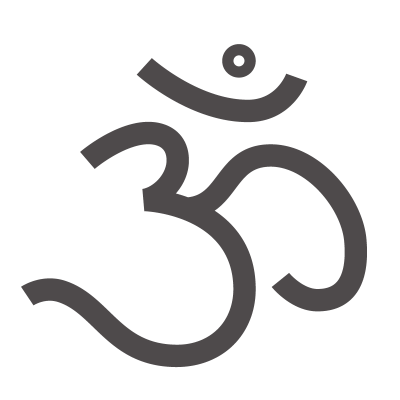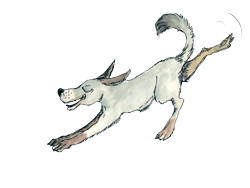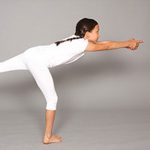Good to know
Yoga is good for children and fun!
Therapeutic aspect
Singing and especially singing in a group has been anchored in human cultures since time immemorial. Songs are sung for a variety of occasions, in times of joy and sadness.
Music is very direct because the auditory nerve is connected to the limbic system. This area of the brain is responsible for the processing of emotions. Among other things, it regulates the secretion of endogenous hormones, such as endorphins. In addition, the limbic system influences the body’s unconscious vital functions, such as the regulation of blood pressure, heartbeat, respiration and digestion.
When we hear music, an immediate effect occurs. Heart rate variability (the ability of an organism to alter the frequency of the heart rhythm) can be improved and the respiratory rhythm significantly reduced. Especially the singing of simple songs like mantras leads to a slowing of the breathing. The result is a relaxation effect, the so-called “relaxation response”. Our stream of everyday thoughts is interrupted and the so-called “flow” creates a state of detachment from otherwise present thoughts. The soothing effects of lowering the heart rate and respiratory rhythm make mantras particularly suitable for being integrated into children’s yoga exercises. The children can concentrate better on the exercises.
The word yoga comes from Sanskrit, an ancient Indian scholarly language. Its original meaning is ‘yoke’ or ‘union’. Hatha yoga is a path of yoga that combines both physical exercises (asanas), breathing exercises (pranayamas) and meditative elements. It should help people to balance body, mind and soul.
In the mid-19th century, yoga found its expression in its modern form, as it is still taught today in Western European societies. Western-oriented Indians combined traditional teachings with Western theories of psychology and physiology as well as spiritual beliefs.
In contrast to the usual symptom treatment of illnesses in this country, yoga focuses on a holistic aspect of healing. It deliberately raises the question of what the symptom appears to convey. Then you work on solving the problem instead of removing the symptom without understanding it.
Therapeutic effects that can be achieved by practicing yoga on a regular basis, for example, a better ability to concentrate. This is facilitated by the sometimes complex movements and the integrated breathing exercises. Strengthening the muscles and improving blood flow and flexibility are other positive effects that the continued practice of hatha yoga can have.
In the long run, the practice of yoga exercises and the associated conscious breathing techniques will have a calming and balancing effect on the entire organism. For this reason, yoga is also very useful for the prevention of diseases.
Where does the word mantra come from?
Mantra is composed of the ancient Indian words manas (mind) and tram (protection, instrument). Literally translated, mantra means “spiritual protection”, “instrument of the mind”. A mantra consists of one or more syllables. Probably the best-known mantra is the syllable Om.
What is a mantra?
Mantras are recited in religions such as Hinduism, Buddhism, Catholicism, as well as in yoga during meditation or in prayer. They are not necessarily sung, the recitation is also spoken, whispered or repeated in silence. The repetition of the mantra should manifest its positive message and protect the mind from negative thoughts. Mantras trigger vibrations in the body and mind, which should have a positive influence. A loud mantra can unfold its original effect through its vibration pattern. Silently repeated, a vibration is created that can lead to a refined level of consciousness.
KiYoMaMu and mantra singing
KiYoMaMu attaches great importance to making the power and effect of combining yoga and mantra singing accessible to children. At a time when many people from different parts of the world live together in our cities, one benefit is the playful use of simple elements from various foreign languages and spiritual traditions. The repetitive structure of mantras and simple lyrics deepens the energy in the individual positions and help the children to get involved and to concentrate.

Interviews
-
🎤 Interview: Wolfgang Bossinger
12. December 20180 Comments -
🎤 Interview: Prof. Dr. Marcus Stück
12. December 2018 -
🎤 Interview: Katharina Kleinknecht
12. December 2018
Kidsyoga
Practising Yoga with specially tuned music is a new concept that introduces KiYoMaMu to the German market.
The use of music immediately attracts children’s attention. Meaningful pictures introduce the children to the yoga positions (= the asanas). The combination of yoga and music is particularly beneficial and opens up new experiences for children and their parents. Without performance pressure and previous knowledge.
Relaxing moments make a nice and important balance for children, especially in a fast and overstimulated time.
The yoga exercises are based on the classic Hatha Yoga style and take into account in a special way the movement and breathing rhythm of children. Many current scientific studies substantiate the harmonizing effect of yoga.



